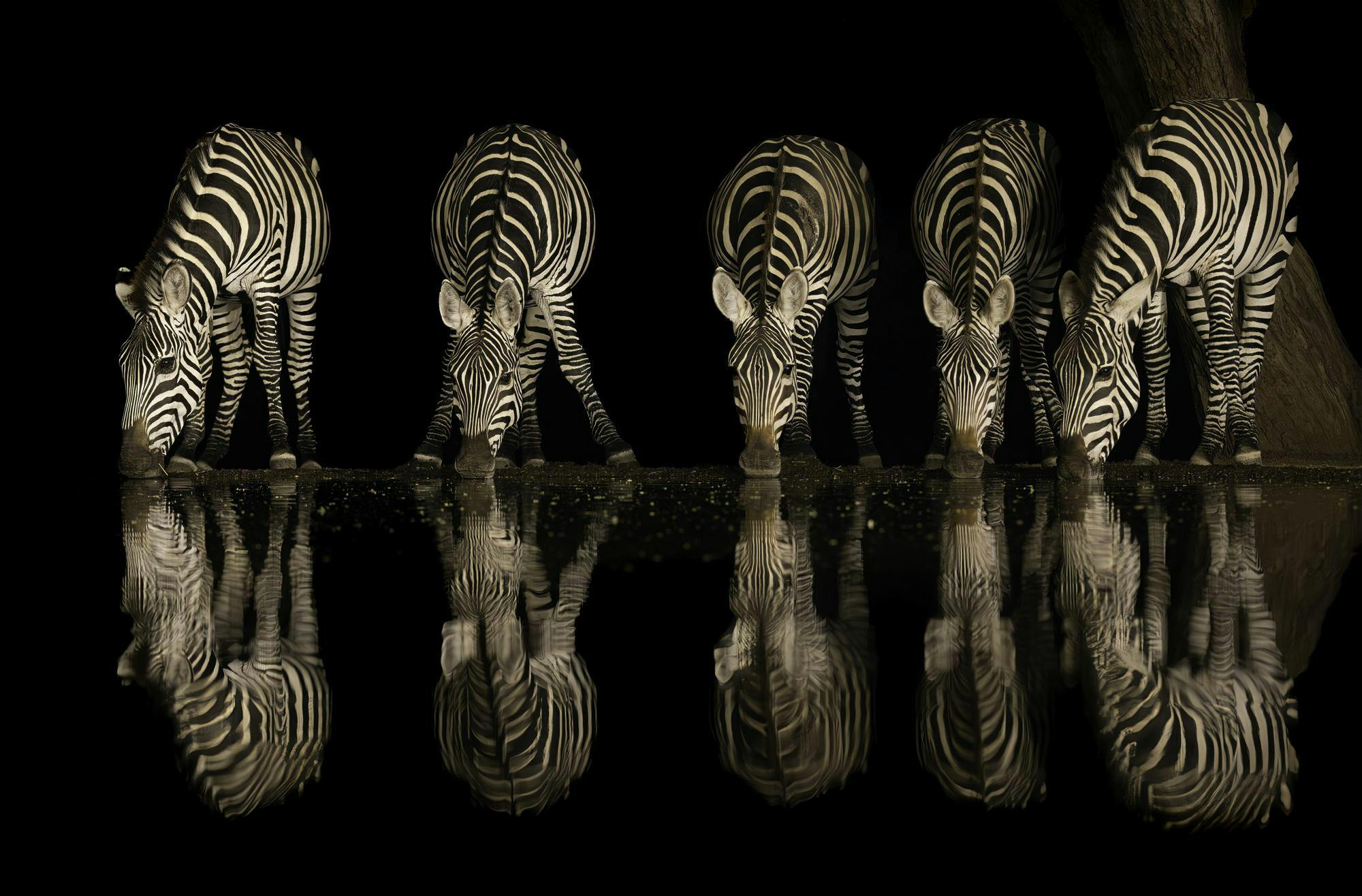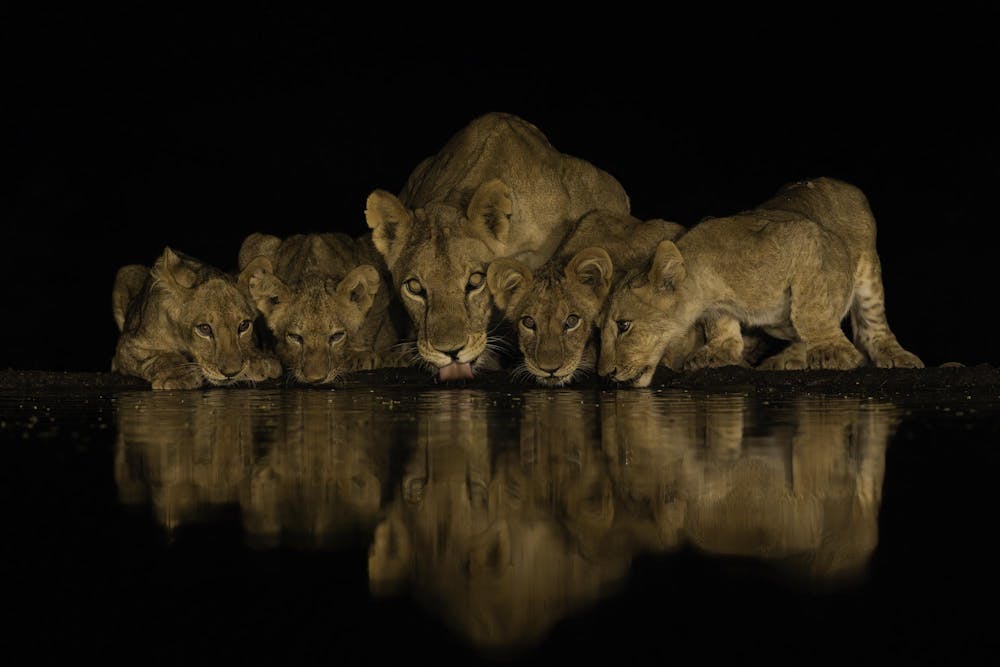Nimble hands, a metal lock and a key fill the camera’s lens. A hairy hand grasps the key to a ranger’s station and begins to unlock it. The camera snaps a photo of an orangutan mother with a baby on her back.
Richard Sheehan, Notre Dame professor emeritus and independent photographer, captured this moment years ago on the island of Borneo in southeast Asia. His guide ran back to alert the ranger as he snapped the photo. Sheehan says that orangutans often demonstrate this kind of intelligence and ability to escape, making them a favorite subject to photograph.
Before becoming a Notre Dame finance professor and capturing wildlife pictures, Sheehan worked at the Federal Reserve as an economist. During his time at the Federal Reserve, he recorded the macroeconomy, monetary policies and their growth over time.
He said sports-related data piqued his interest in pursuing a career as a macroeconomics professor and researcher.
“It led me to think of the question: Suppose you could split off football programs from colleges … and then you can sell that. How much would that be worth?” he said.
Sheehan was the first who “asked that question,” adding the research to his growing list of publications.
This idea, along with others, prompted him to release his book, “Keeping Score: the Economics of Big-time Sports.” In his book, Sheehan addresses the value of professional and collegiate teams. He also answers questions about “paying [college] athletes” and “competitive balance.”
Throughout his time as a finance professor, Sheehan pursued photography as a hobby. He credits his interest in photography to the revolution of the digital camera.
A digital camera was his present to himself after defending his Ph.D. dissertation. It was barely used, but his first family African safari was “a real breakthrough” for two reasons.
One reason was because Sheehan did not have to rely on developers and “was in control all the way through.” Another reason was the instant feedback allowed him to learn more throughout the safari than previously.
Over his 40 trips to Africa, he has taken digital pictures of nearly every wild animal.
“If you can think of a wild animal, I have probably photographed it from lions to leopards to tigers to cheetahs,” he said.

Sheehan said that one of his friends has a history of leopard and tiger conservation, which prompted Sheehan’s hobby of wildlife photography. In his most recent trip to the Orange Free State, South Africa, Sheehan photographed these tigers and their cubs outside of their den.
Sheehan said one of his favorite animals to photograph is the African wild dog, a critically endangered species whose hunting patterns are distinct from the common cat predators.
He said the monochromatic aesthetic of zebras are “always graphic.”
After his recent trip to South Africa, Sheehan returned to Notre Dame to temporarily teach macroeconomics this semester.
Editor's Note: A previous version of this story incorrectly described the situation of a photo taken by Sheehan. That version also incorrectly described the timeline of his career. The Observer regrets these errors.










